Salvador Dalí
oil on canvas
Painted in 1934.
Estimate:
£6,000,000-8,000,000
A rare masterpiece from the crucial decade in which Dalí was creating his most famous imagery, Moment de transition is one of only a handful of works of this calibre that have appeared at auction in the last decade.
Transforming images were a pivotal subject of Dalí’s art in the 1930s, as he used his inventive
powers to undermine reality. The visual instability provoked by the experience of misreading a
given object or configuration could be both a source of pleasure and disquiet. Moment de
transition is a magnificent example of Dalí’s exploration of illusory perceptions within haunted
landscapes – in this case a Catalan landscape with a horse-drawn cart approaching a small,
distant town. However, at closer observation, the wheels of the cart are no more than two sticks
stuck in the ground, and the rider is revealed to be one of the buildings in the distant town. These
empty, melancholic landscapes dominated Dalí’s art in this period, as the artist returned to the
physical and emotional places that shaped his childhood memories.
René Magritte
Le Repas de noces
gouache on paper
Executed in 1940.
Estimate: £900,000-1,200,000
The finest gouache by Magritte to appear on the market in recent times, Le Repas de noces has remained in the same private collection for almost 50 years. This work originates from a
turbulent period of Magritte’s life, as he fled Brussels for France fearing political persecution
following the German invasion. The artist only remained in the hilltop medieval town of
Carcassonne for a few months but the upheaval inevitably had an effect on his art; he produced
very little work, and what he created shook off the hold of reality in favour of his inner world. Le
Repas de noces combines two elements that Magritte explored around this time: a powerful
image of a reclining lion, the trademark of a Brussels food retailer that was an ubiquitous part of
everyday life, mysteriously coupled with a fragile egg on a table top.
Francis Picabia
Ino
watercolour and pencil on paper, in a wood and
coloured mirror frame by Rose Adler
Executed circa 1930
Estimate: £500,000-700,000
Ino belongs to Picabia’s elegant Transparences series, which derives its name from multiple layers of overlapping imagery. The bold frame for Ino was designed by French fashion, furniture and jewellery designer Rose Adler, who was given the work directly by the artist – bringing together Surrealism and Art Deco.
In this work, two faces of undeterminable gender are combined with foliage to create an image of timeless and contemplative beauty. The deliberately obscure quality renders it a seemingly impenetrable allegory with characteristics of a dream or mystic vision. The mysterious work is
named after the Theban queen Ino, an example of Picabia’s tendency to choose titles based on
Biblical characters and Greco-Roman mythology. The Transparences also drew their inspiration
from Romanesque Frescos, Renaissance painting and Catalan art – rich in a combination of
cultural references that together become compositions of great beauty and harmony.
Paul Delvaux
Filles au bord de l’eau
oil on canvas
Painted in 1966.
Estimate: £1,700,000-2,200,000
Giving a glimpse into Delvaux’s fantastical imagination, Filles au bord de l’eau is an alluring and sophisticated example of his Surrealist creation – bringing together the key elements that defined the artist’s mysterious works.
This dream-like scene depicts at once an interior and exterior setting, as architectural elements such as the blue door, mirrors and window frames suggest the conventional structure of a house even as the walls have dramatically opened onto an impressive seascape. The principal protagonist defines the atmosphere of the painting as one of stillness and expectation, with her expressionless gaze and lingering hand gesture directed outside of the composition.
The nude women that surround her recall the gentle beauty of a Botticelli, adding a
This dream-like scene depicts at once an interior and exterior setting, as architectural elements such as the blue door, mirrors and window frames suggest the conventional structure of a house even as the walls have dramatically opened onto an impressive seascape. The principal protagonist defines the atmosphere of the painting as one of stillness and expectation, with her expressionless gaze and lingering hand gesture directed outside of the composition.
The nude women that surround her recall the gentle beauty of a Botticelli, adding a
sense of timelessness to the scene. Throughout his lifetime, Delvaux refused to provide any sort
of narrative for his compositions – stating ‘these figures recount no history: they are’ - leaving the
viewer to contemplate the perplexing scene.
Jean Arp
Homme-moustache
oil on cut-out board
Executed in 1925.
Estimate: £1,200,000-1,500,000
Guided by chance and intuition, Arp created organic, irregular shapes evocative of natural forms and parts of human anatomy such as Homme-moustache. Although he developed a highly abstract pictorial vocabulary, in his cut-outs and wood reliefs Arp always established a connection between these biomorphic forms and elements of the natural world in such a way as to unveil the poetic elements hidden in everyday images.
Guided by chance and intuition, Arp created organic, irregular shapes evocative of natural forms and parts of human anatomy such as Homme-moustache. Although he developed a highly abstract pictorial vocabulary, in his cut-outs and wood reliefs Arp always established a connection between these biomorphic forms and elements of the natural world in such a way as to unveil the poetic elements hidden in everyday images.
André Masson
Hôtel des automates
oil on canvas
Painted in 1939-41.
Estimate: £1,500,000-2,000,000
During the course of 1939, the artist grew increasingly exasperated with the political adversity threatening Europe, with several of his friends – including André Breton – head to war.
Masson and his family moved to America for the duration of war, only returning to France at the end of 1945.
This painting is a powerful evocation of a disintegrating civilisation and the loss of innocence, dramatically represented by the distorted shapes and disorienting movements of the human body. The composition is divided into several compartments populated with ‘automatons’ – part human, part machine-like creatures – strongly suggestive of both violence and sex.
AUCTION RECORDS FOR CELEBRATED SURREALIST ARTISTS SET AT SOTHEBY’S OVER THE LAST 5 YEARS
- Joan Miró’s Peinture (Étoile Bleue) sold for £23.6 million in June 2012 – An auction record for Surrealist Art
-
- Salvador Dalí’s Portrait de Paul Éluard sold for £13.5 million in February 2011
-
- René Magritte’s Le Beau Monde sold for £7.9 million in February 2014
-
- Paul Delvaux’s Le miroir sold for £7.3 million in February 2016
-
- Francis Picabia’s Volucelle II sold for $8.8 million in November 2013
-
- Kay Sage’s Le Passage sold for £7.3 million in February 2014
-
- Jean Arp’s Torse tenant par la bride une tête de cheval sold for $3.9 million in November
2013 -
-
- Man Ray’s Promenade sold for $5.9 million in November 2013
-
- Yves Tanguy’s Deux fois du noir sold for £2.5 million in February 2012

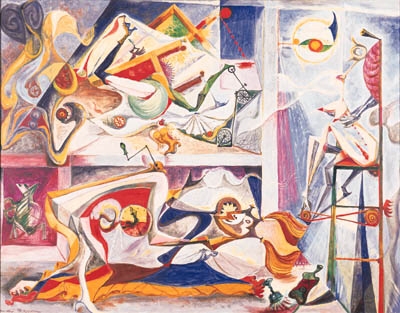
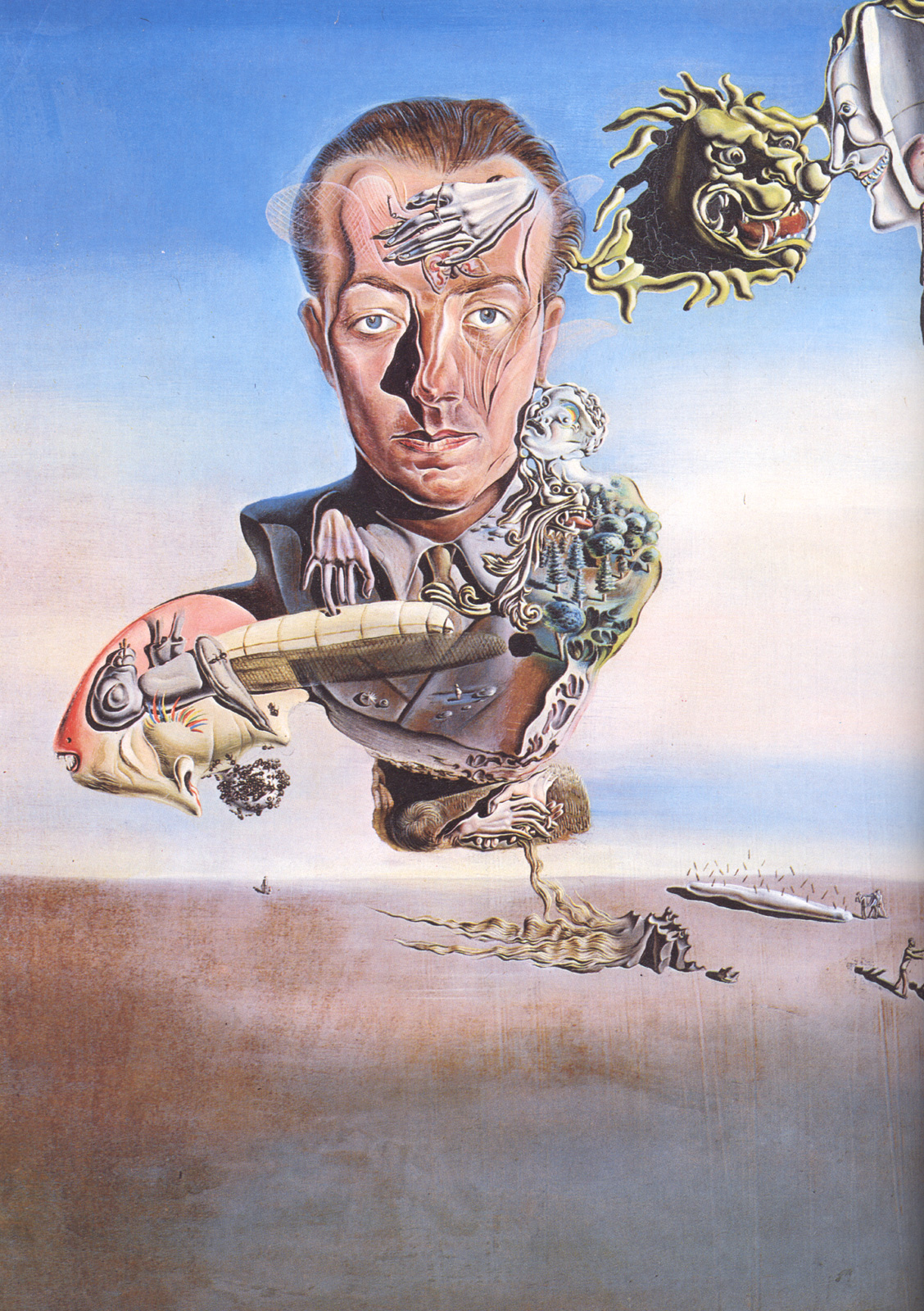
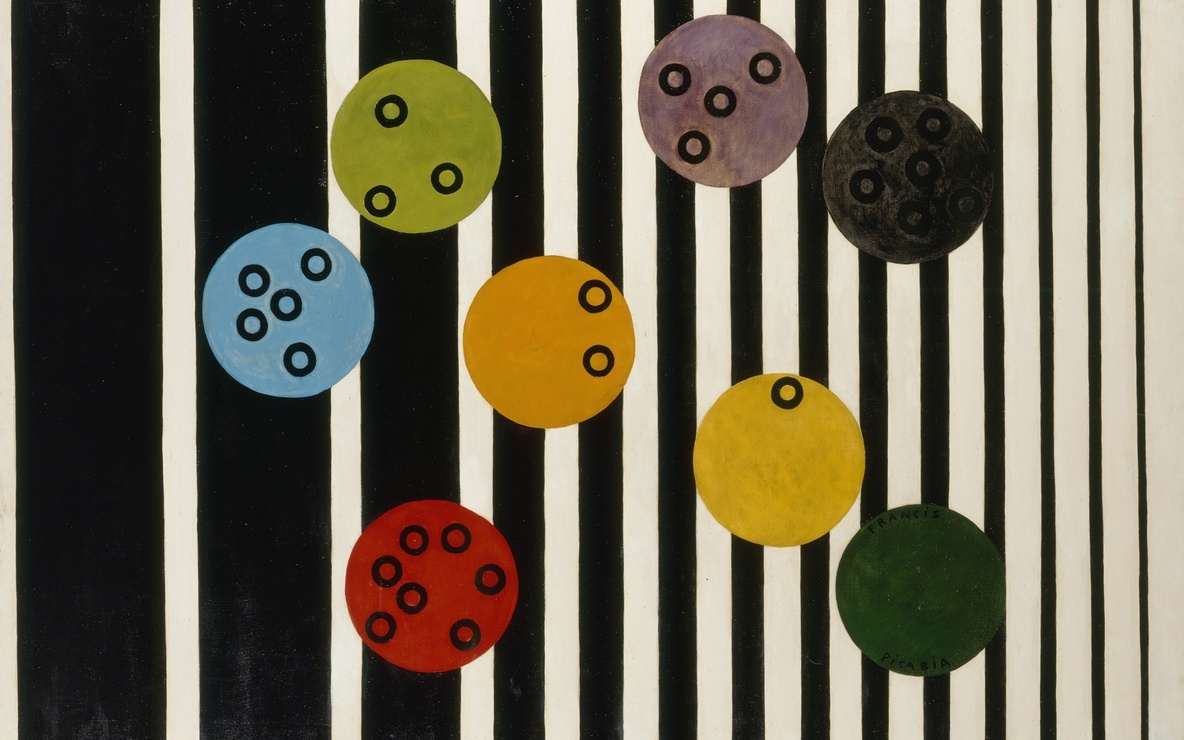
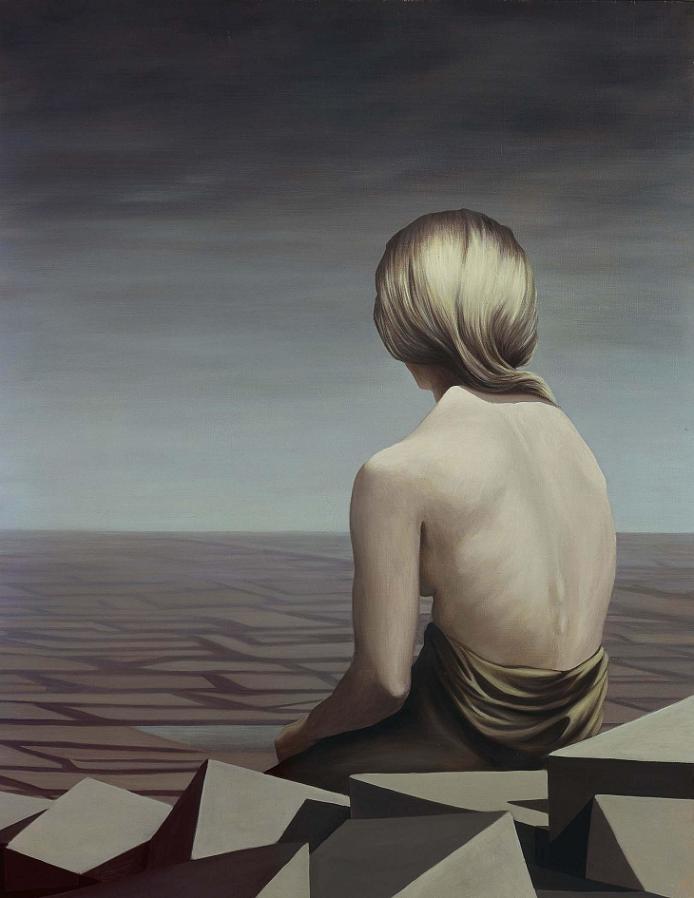
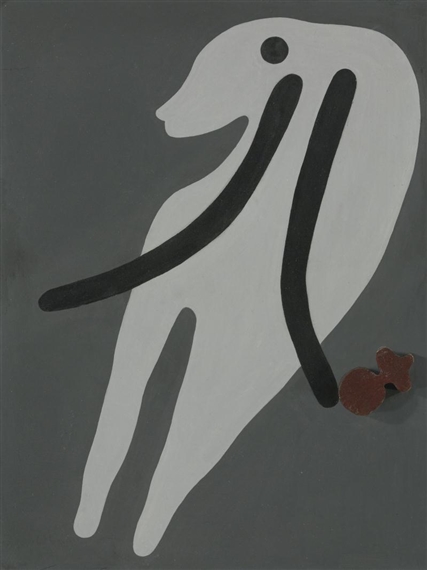
Comments
Post a Comment